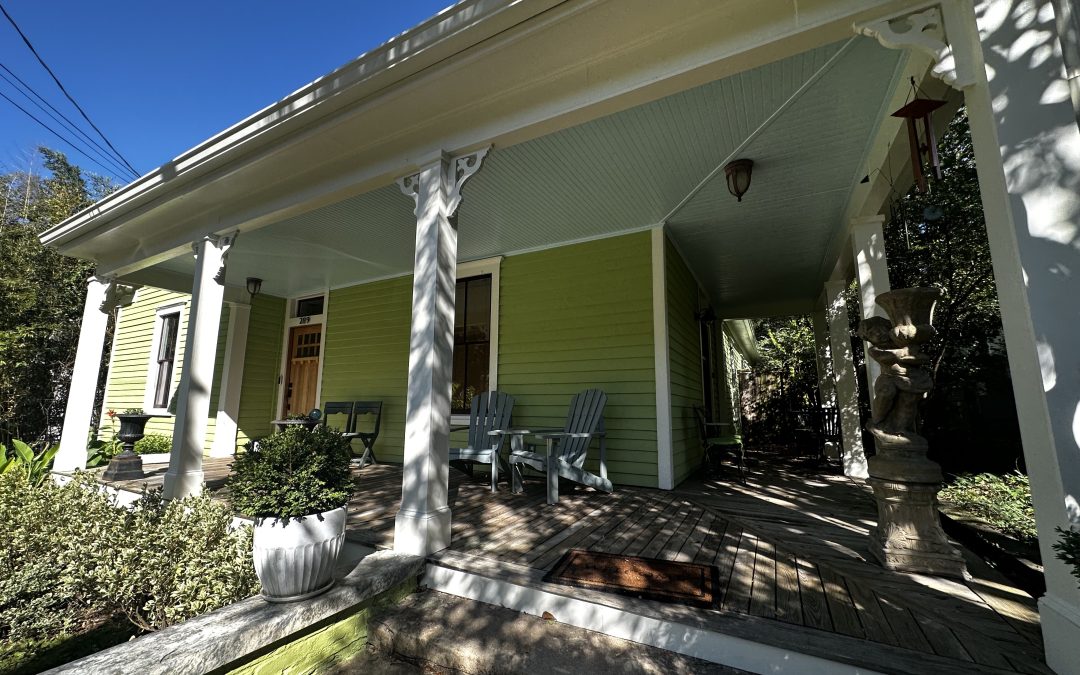Spring is a fantastic time to refresh your home with a new coat of paint, but pollen and paint can be a major hurdle. Don’t let those yellow clouds deter you! With a little planning and the right techniques, you can achieve a stunning finish while minimizing pollen’s impact.
Understanding the Pollen Problem:
Spring brings vibrant blooms and, unfortunately, a blanket of pollen. This fine, powdery substance can cling to freshly painted surfaces, creating a gritty texture and affecting the paint’s adhesion. It’s crucial to understand how pollen and paint interact and take steps to mitigate it.
Tips for Painting During Pollen Season:
-
Timing is Key:
- Monitor Pollen Counts: Check local pollen forecasts and plan your painting projects for days with lower pollen levels.
- Paint Early or Late: The early morning and late evening often have lower pollen counts than midday.
- Wait for Rain (But Not Too Soon): A gentle rain can clear the air of pollen, but ensure surfaces are completely dry before painting.
-
Surface Preparation is Paramount:
- Thorough Cleaning: Power wash or thoroughly clean exterior surfaces to remove existing pollen and debris.
- Tack Cloths: Use tack cloths to wipe down surfaces immediately before painting to catch any lingering pollen.
- Clean Tools: Ensure your brushes, rollers, and sprayers are clean and pollen-free.
-
Paint Choice Matters:
- High-Quality Paint: Invest in high-quality exterior paint that provides a smooth, durable finish. This will help to minimize the problems associated with pollen and paint.
- Fast-Drying Paints: Consider fast-drying paints to reduce the window of time that pollen can settle on the wet surface.
-
Protect Your Work:
- Cover Nearby Surfaces: Cover landscaping, furniture, and other surfaces to prevent pollen from settling on them.
- Work in Sections: Paint in smaller sections to minimize the amount of time wet paint is exposed to pollen.
- Vertical Surfaces First: If possible, paint vertical surfaces before horizontal ones, so falling pollen is less likely to settle on the wet paint.
-
Post-Painting Care:
- Gentle Cleaning: If pollen does settle on the wet paint, gently wipe it away with a damp cloth or sponge.
- Avoid Harsh Cleaning: Don’t use harsh chemicals or abrasive cleaners on freshly painted surfaces.
- Monitor Drying: Allow the paint to dry completely according to the manufacturer’s instructions.
When to Call the Pros:
- Large Projects: If you’re tackling a large exterior painting project, consider hiring professionals who have experience working with the challenges of pollen and paint.
- Complex Surfaces: Painting intricate trim or hard-to-reach areas can be challenging, especially when pollen is a concern.
- Time Constraints: If you’re short on time, hiring professionals can ensure the job gets done quickly and efficiently, minimizing the exposure of your wet paint to pollen and paint related issues.
Spring painting doesn’t have to be a pollen-filled nightmare. By following these tips, you can achieve a beautiful, pollen-free finish and enjoy your freshly painted home all season long, despite the challenges of pollen and paint. Understanding how to manage pollen and paint together will result in a better finish. If you’d rather leave it to the experts, Fillo Painting & Exteriors can handle your spring painting needs, ensuring a professional, pollen-resistant finish that will last.

